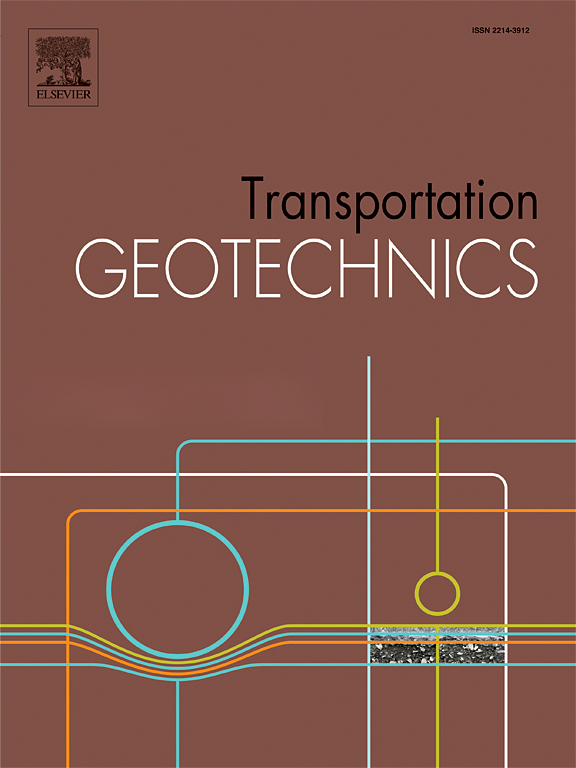Effect of MICP treatment on the mechanical properties of clay soils
IF 4.9
2区 工程技术
Q1 ENGINEERING, CIVIL
引用次数: 0
Abstract
The presence of drying cracks can significantly affect soil hydromechanical behavior, which has effects on soil performance in civil engineering. One innovative approach that has received much interest in the last decade is using microbially induced calcium carbonate precipitation (MICP) for soil reinforcement and stabilization. A series of clay specimens with varying moisture levels and concentrations of cementation solution were carefully prepared. All these samples were subjected to a series of mechanical tests to assess the improvement in the clay’s mechanical characteristics. These tests covered various conditions, ranging from unsaturated to saturated states of the clays. The results showed that the strength of clays was significantly improved, and the most significant increase in mechanical strength was observed with the 1.4 M MICP solution. The precipitation of CaCO3 was quantified using a calcimeter. In addition, composition analysis by X-ray diffraction and attenuated total reflectance infrared spectroscopy confirmed the presence of calcium carbonate crystals and indicated residual urea and calcium acetate.
求助全文
约1分钟内获得全文
求助全文
来源期刊

Transportation Geotechnics
Social Sciences-Transportation
CiteScore
8.10
自引率
11.30%
发文量
194
审稿时长
51 days
期刊介绍:
Transportation Geotechnics is a journal dedicated to publishing high-quality, theoretical, and applied papers that cover all facets of geotechnics for transportation infrastructure such as roads, highways, railways, underground railways, airfields, and waterways. The journal places a special emphasis on case studies that present original work relevant to the sustainable construction of transportation infrastructure. The scope of topics it addresses includes the geotechnical properties of geomaterials for sustainable and rational design and construction, the behavior of compacted and stabilized geomaterials, the use of geosynthetics and reinforcement in constructed layers and interlayers, ground improvement and slope stability for transportation infrastructures, compaction technology and management, maintenance technology, the impact of climate, embankments for highways and high-speed trains, transition zones, dredging, underwater geotechnics for infrastructure purposes, and the modeling of multi-layered structures and supporting ground under dynamic and repeated loads.
 求助内容:
求助内容: 应助结果提醒方式:
应助结果提醒方式:


